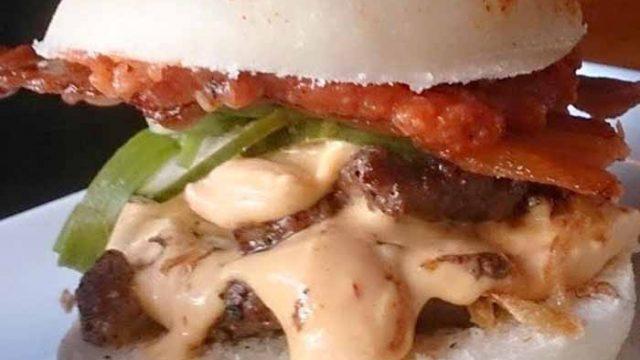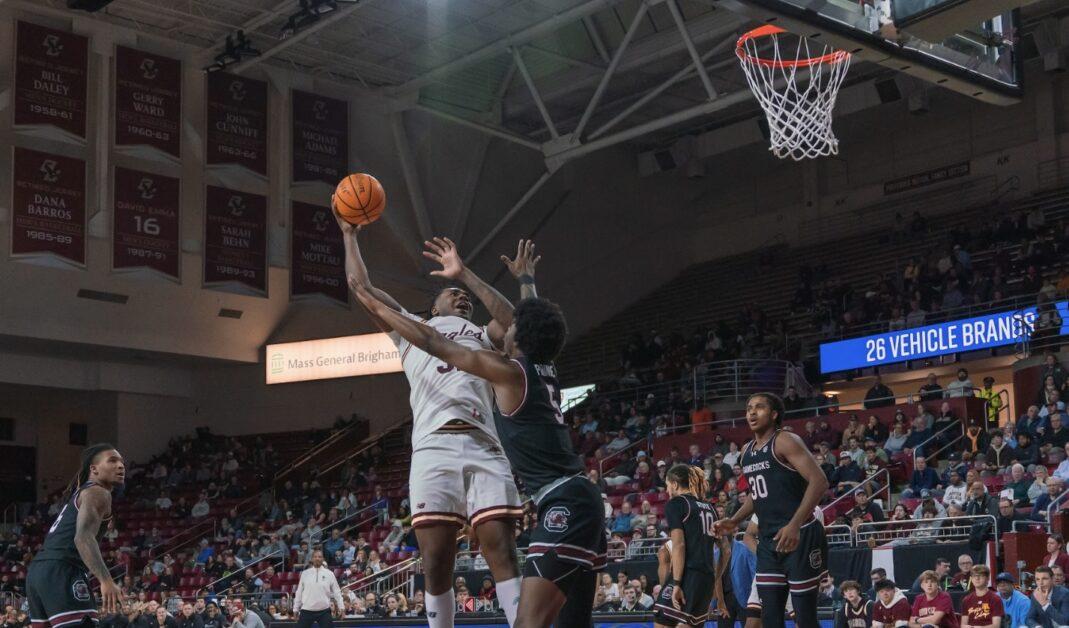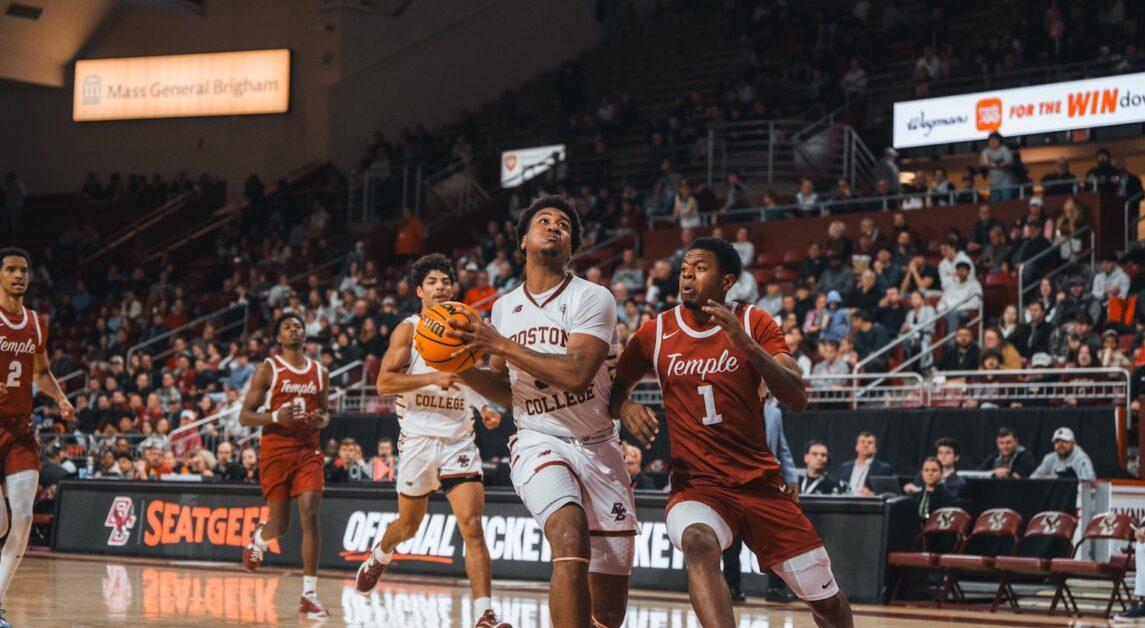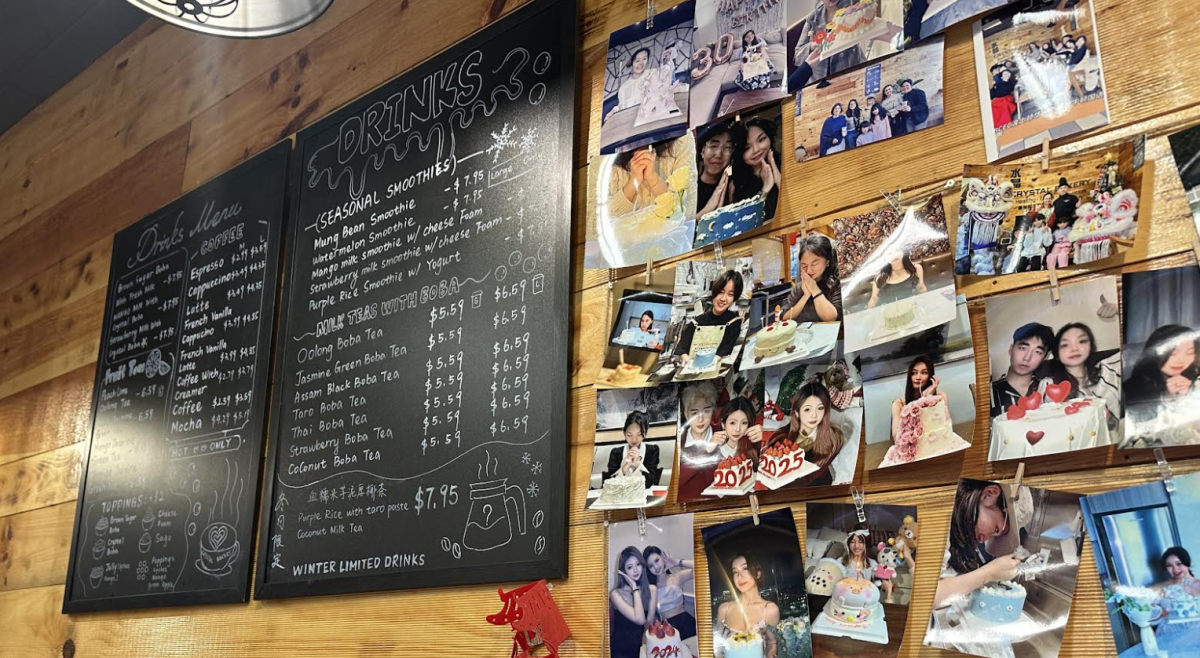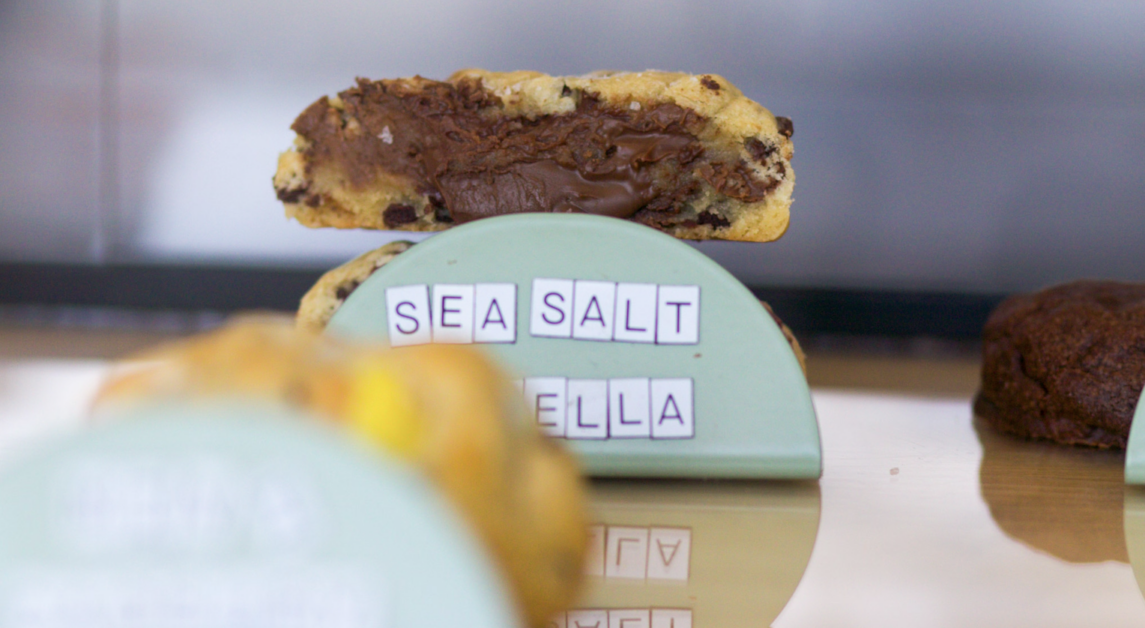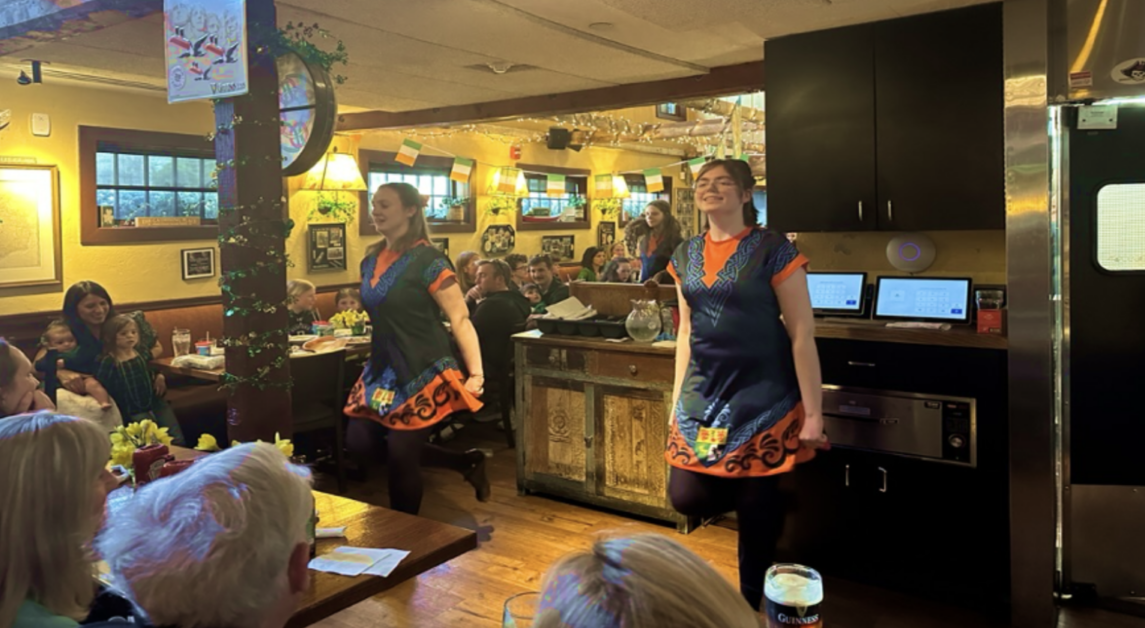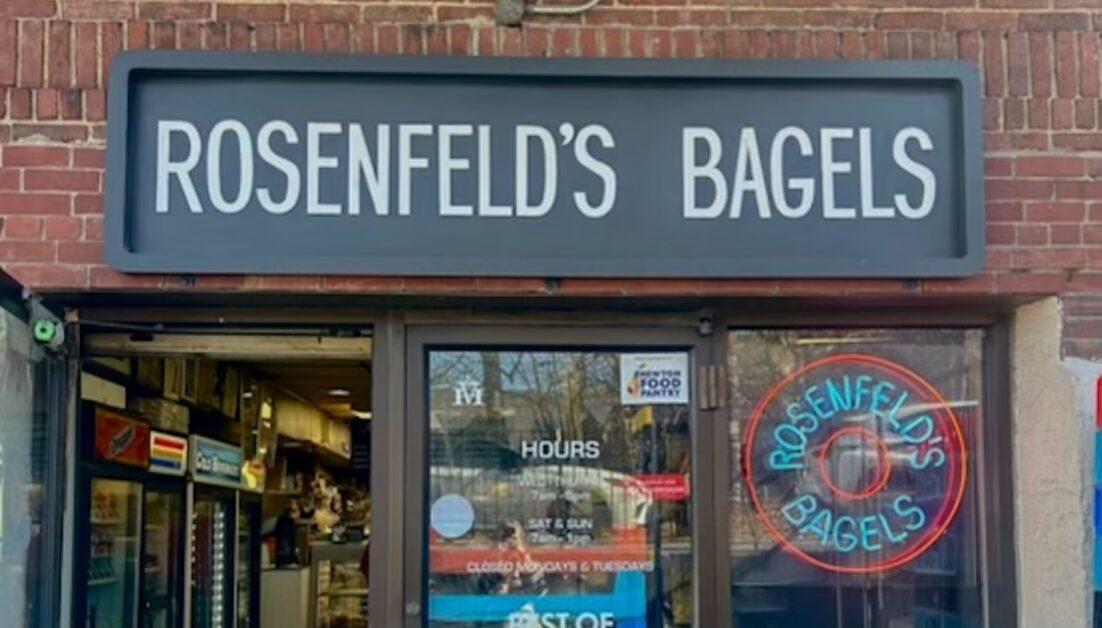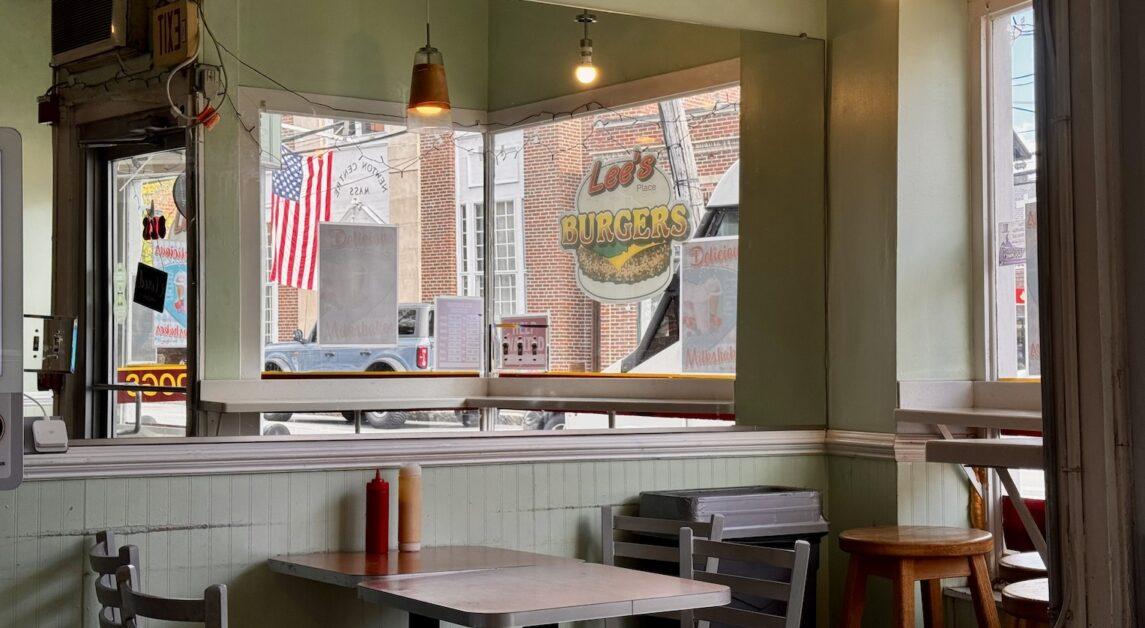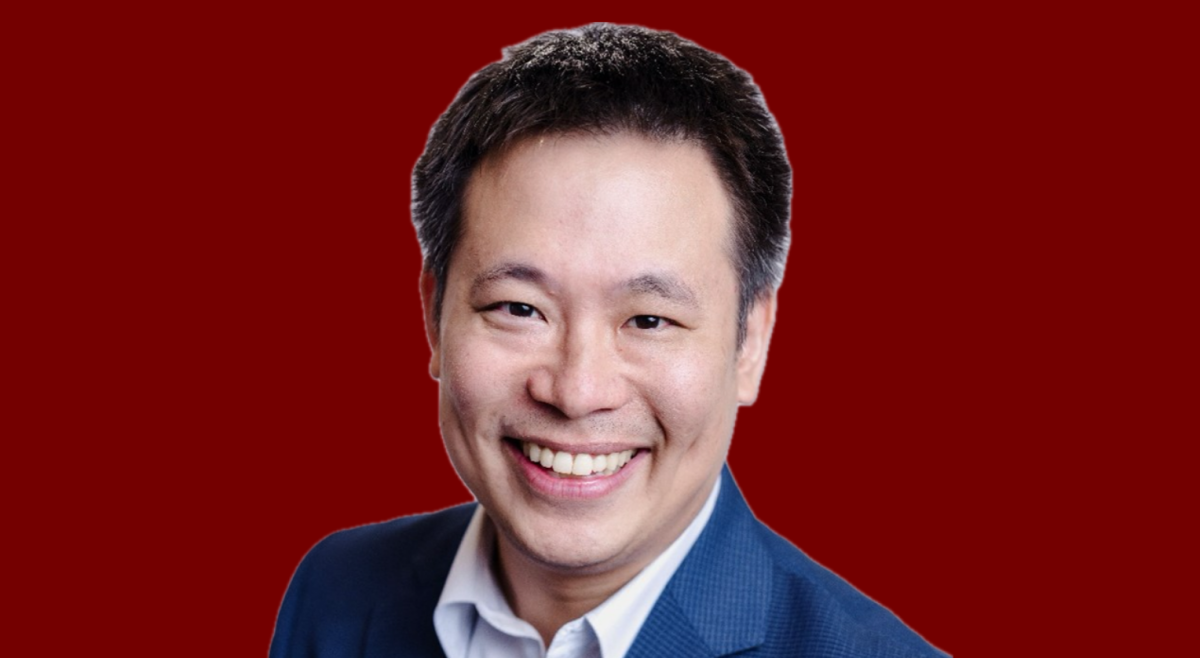Just four years ago, Brian Moy made the leap to open up his own Japanese restaurant in the middle of Chinatown. Moy’s family has owned many restaurants there for quite some time, including China Pearl and Best Little Restaurant, or BLR. But he wanted to bring a modern take on Asian fusion into Chinatown. And so began his journey with his restaurant, Shojo.
Shojo, in Japanese culture, represents a sea spirit with a red face and hair, with a fondness for alcohol, especially sake. Moy wanted to capture this essence when he opened the restaurant, which prides itself on its award-winning bar—as well as the Japanese fusion cuisine it features.
When they walk into Shojo, guests are greeted with a warm but industrial interior, with Shojo featuring elegant wood and exposed metal beams throughout. Given its small space, the restaurant can only seat around 40 people, including those at the bar. The back wall provides visitors with a visual depiction of the theme of the restaurant, which changes every year. This year the theme is about expansion of the business and family. Hanging on the walls of the rest of the restaurant are paintings that replicate the murals of years past as a way to not forget where they came from. Moy has a new mural painted annually on that wall to represent the theme for that year and to prevent the atmosphere from becoming monotonous.
“[This year] Brian wanted to show the expansion [of the brand and new restaurants],” said Justin Hackett, general manager of Shojo.
Trying to get into the restaurant without a reservation on the weekend is rather tricky—the small seating area limits the number of patrons the restaurant can serve at one time, and demand often exceeds the number of available tables. Luckily, Hackett promises that only a quarter of the seats in the restaurant are used for reservations, with the rest on a first come, first serve basis. But, he warned that if hungry patrons get there past 6 p.m. on a weekend, they may wait anywhere from 45 minutes to two hours for a table.
Shojo’s bar, rated the best in Boston, focuses on Japanese whiskey. But not just any Japanese whiskey—Moy believes in providing his guests with only the highest-end cocktails. Hackett said that Shojo is the only place in Boston that serves Yamazaki sherry cask whiskey, a single glass of which will cost guests over $400.
Hackett attributes Shojo’s success to their handmade noodles, which began when they invested $40,000 into a machine to make their own. The homemade noodles provoked so much interest from the public that they could not remove them from the menu.
Moy plans to open up a second restaurant down the street in Chinatown with a focus on ramen only. His plan is to phase out ramen in Shojo and bring it to his new restaurant, Ruckus. Ruckus plans to differentiate itself with a focus on new varieties of ramen. But how different can the ramen get?
“Currently in Shojo it takes 12 to 14 hours to make our broth,” Hackett said. “In Ruckus, we are planning for the broth to take 16 to 18 hours. … That time difference in cooking the broth can lead to even more flavorful broth.”
While the ramen will no longer be at Shojo, Moy and Hackett believe this is only the beginning. Currently, the restaurant continues to provide its guests with an innovative menu that includes duck fat hand-cut fries, wu-tand tiger-style ribs, and the “Shojonator,” a Japanese take on a Wendy’s “Baconator.” Moy hopes to continue to add to the menu and hopefully expand Shojo to other locations in Boston. Ultimately, he wants to provide his customers the best food and drinks in the most innovative fashion in an area that is already flooded with thriving restaurants—and so far, he appears to be succeeding.
Featured Image by Shojo

